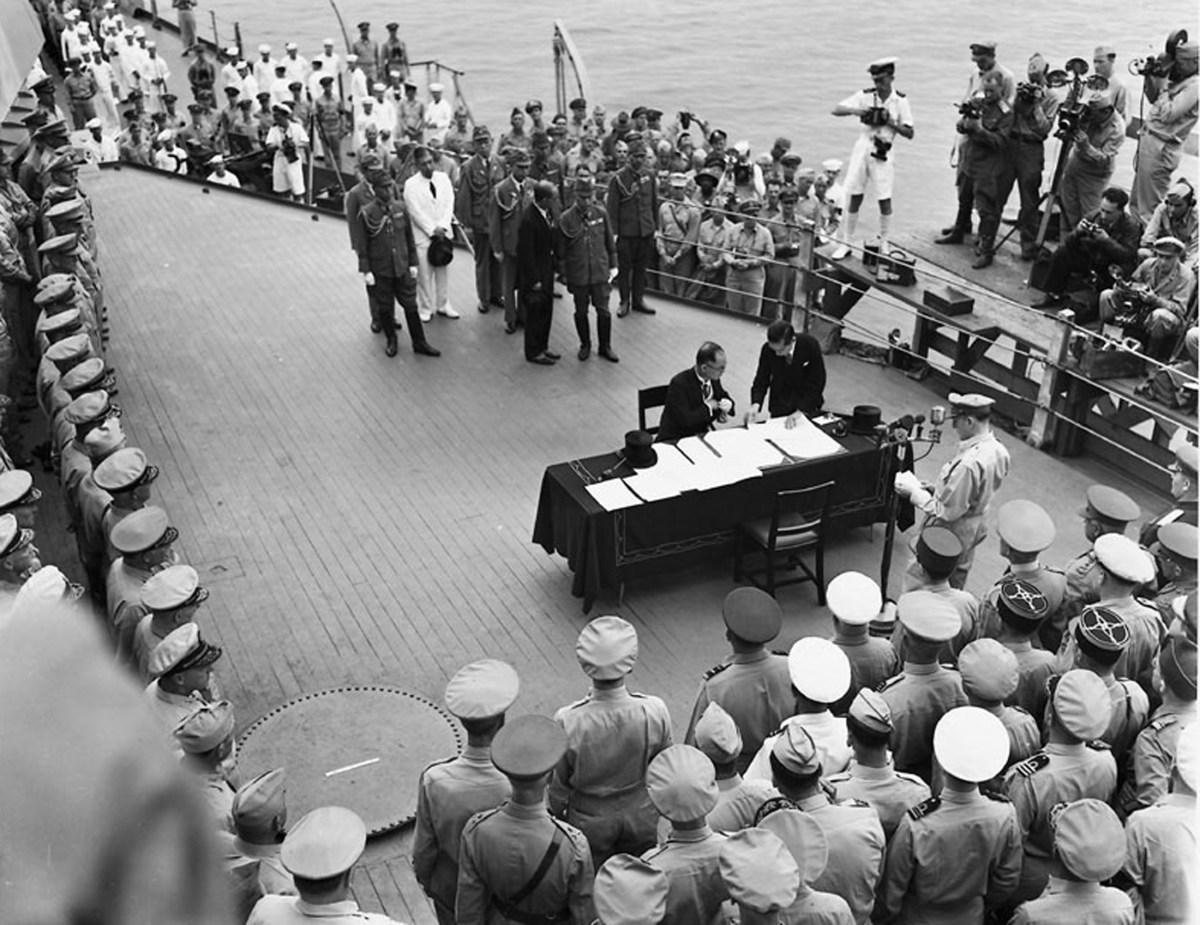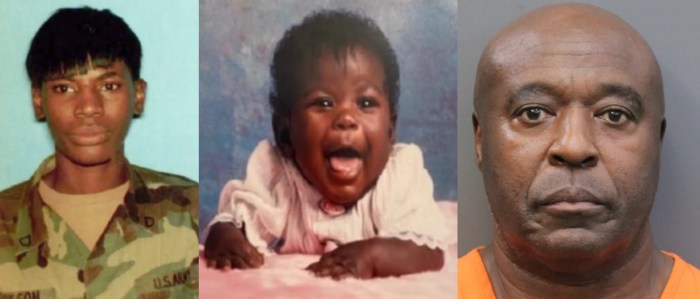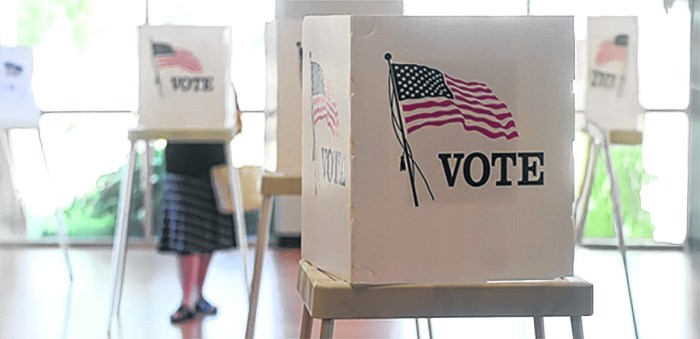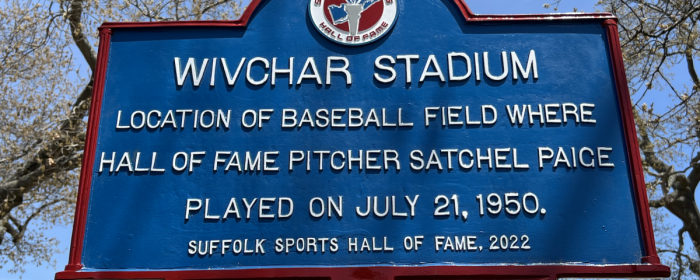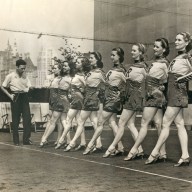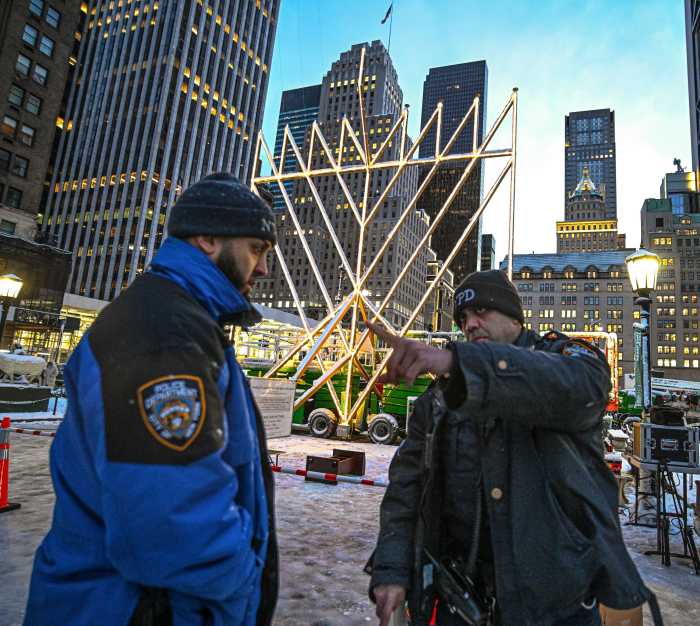September 2 marks the 75th anniversary of the end of World War II, the deadliest war in human history, but many commemorative ceremonies were canceled this year due to the coronavirus pandemic.
The Press interviewed more than a dozen local WWII veterans who survived the war that killed more than 70 million people worldwide. The veterans recalled being among troops that stormed the beaches of Normandy to push the Nazis back from France to Germany, liberating concentration camps where 6 million Jews were killed during the Holocaust, battling Imperial Japanese forces in the Pacific, and more.
“WWII created what we now call “the Greatest Generation,” said Andrew Parton, president of the Cradle of Aviation Museum and Education Center, which has a WWII exhibit for the anniversary. “They serve as a tribute to the sacrifices made to help preserve the freedoms we cherish today.”
Prior to the Dec. 7, 1941 attack on the U.S. Navy base in Pearl Harbor, the United States had remained neutral while the war waged in Europe and Asia with Germany, Japan, and Italy forming the Axis alliance. The Allies, consisting of France, Poland, the United Kingdom, Soviet Union, and United States, fought to stop the Axis.
More than 10 million Americans were drafted and another 5 million volunteered to serve until Germany surrendered on May 7, 1945 and Japan followed suit four months later.
Here are some of their stories, as told by a few of Long Island’s remaining World War II veterans.
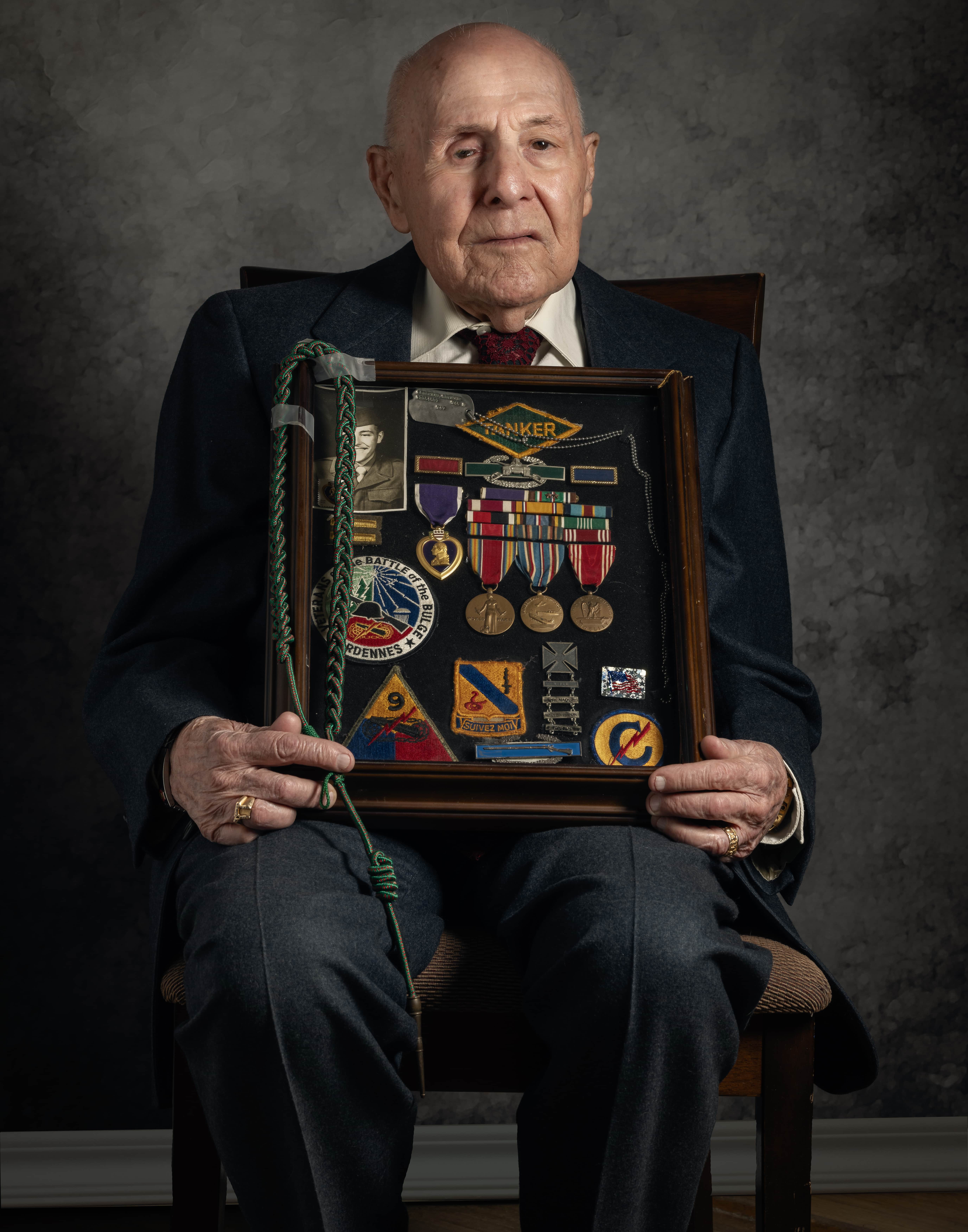
CAMP LIBERATORS
Seymour Lederman, 90, of Smithtown was 15 when he forged his birth certificate to enlist in the U.S. Army in 1944. He was assigned to the 14th Tank Battalion, where he was a gunner on a Sherman tank. Months later, his division landed on the second day of the invasion of Normandy at Omaha Beach, commonly known by its code name, D-Day, the largest amphibious invasion in the history of warfare.
During the Battle of the Bulge, Lederman’s tank hit a mine and caught fire. He was pulled out by his sergeant, but the rest of his crew were killed. Lederman was later hit by shrapnel from a German grenade.
After two weeks in the hospital, Lederman — still in bandages — was assigned to a new tank crew, who held the Ludendorff Bridge, which allowed Allied forces to cross into Germany. From there his tank crew helped liberate the Dachau concentration camp.
“It was the worst sight you would ever want to know,” he recalled. “Bodies of men, women, and children piled up high … their eyes were open like they were looking at you saying, ‘Help me.’”
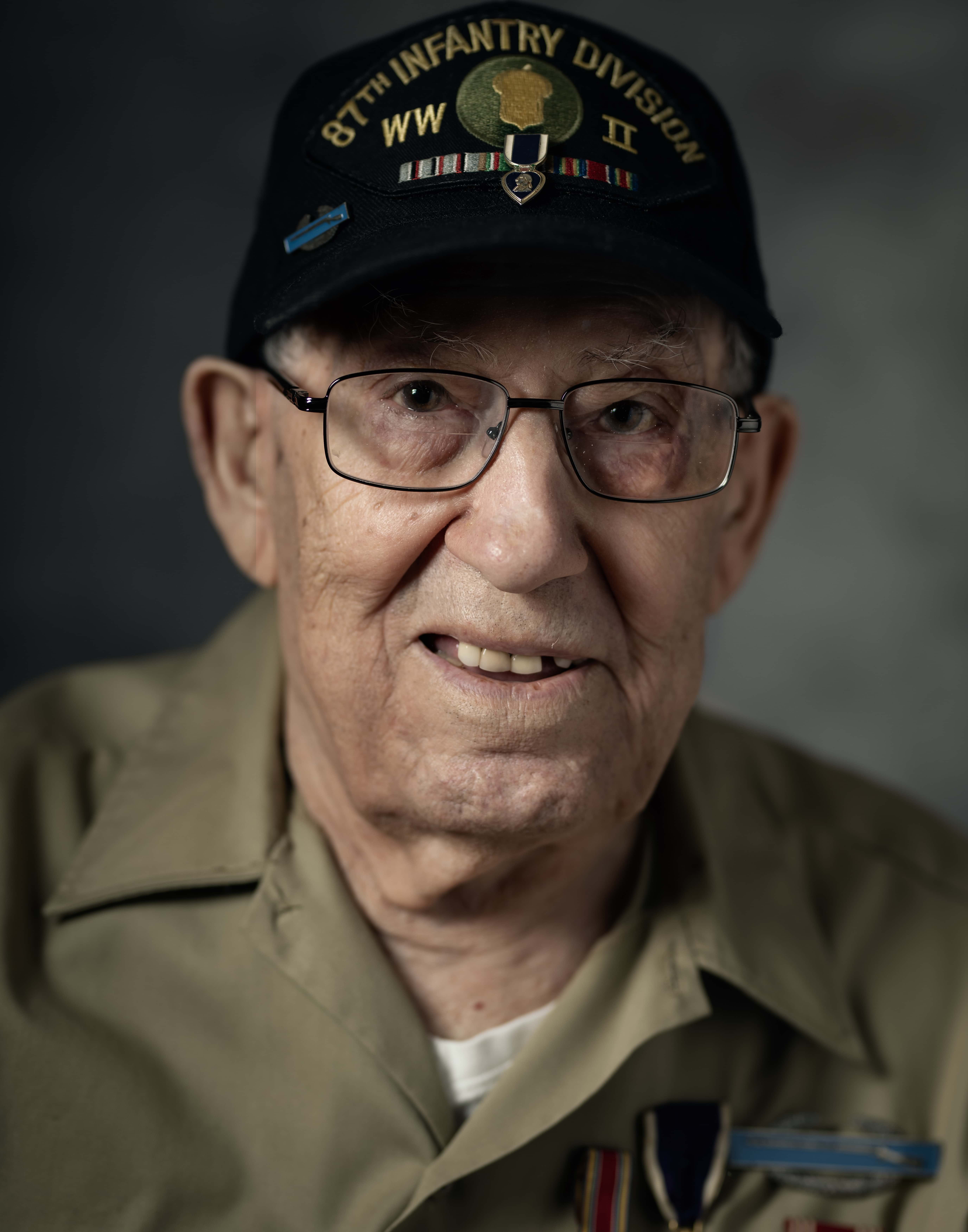
Ninety-four-year-old Rosalino Catalano of Farmingdale witnessed similar horrors after he was drafted into the Army in 1944 and assigned to the 87th Infantry Division. His unit landed in France, pushed their way into Germany, and was one of the first to liberate the Buchenwald concentration camp.
“There were bodies stacked up one story high,” he recalled. “It was a terrible scene to see that. Thank God we got to the camp and were able to free the people that were still alive.”
His unit then helped liberate Dachau shortly before he was wounded in the Battle of Bulge.
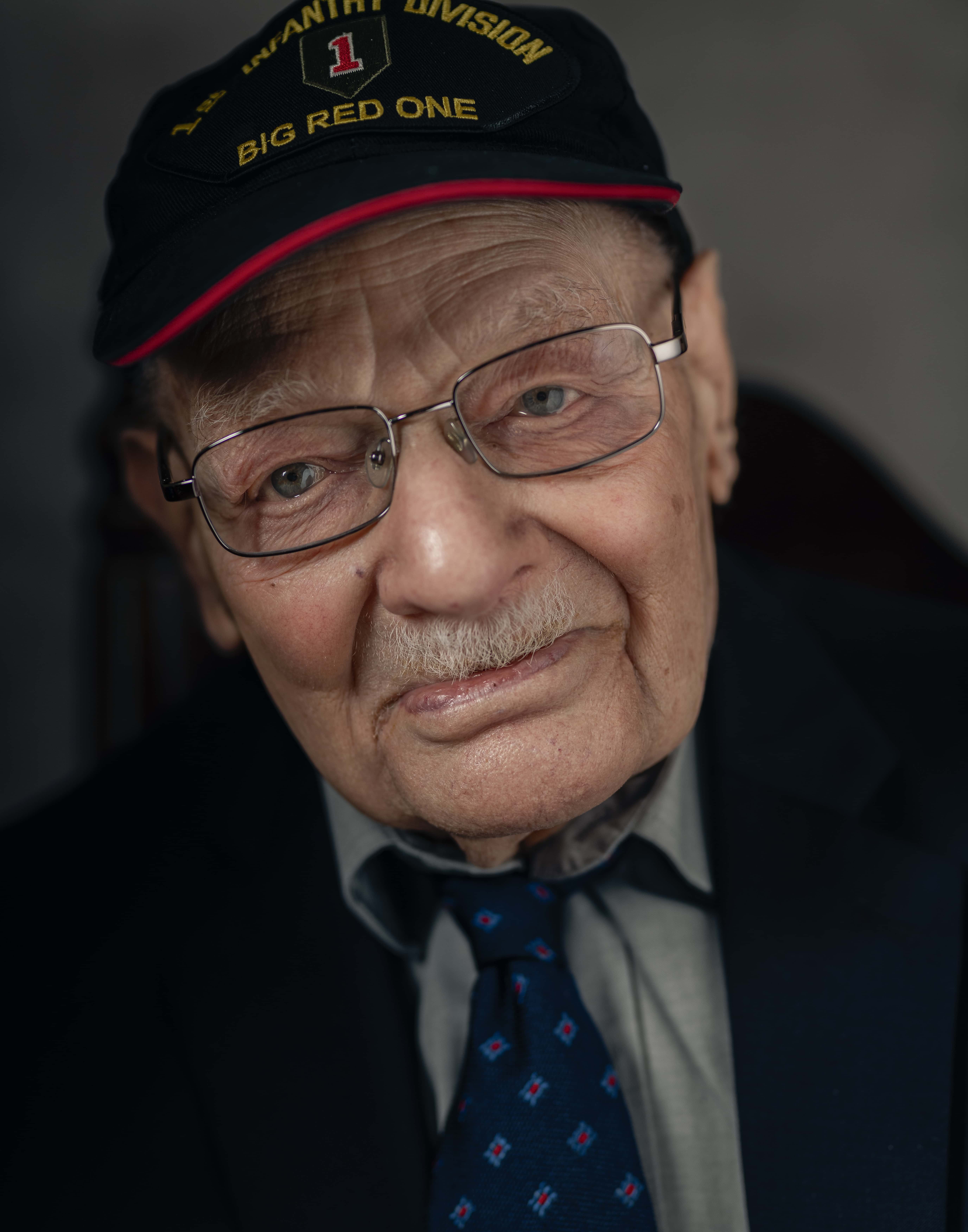
THE FRONT LINES
Frank Wolff, 96, of Melville, and his family fled to the United States from Germany when he was 15, then joined the U.S. Army at age 21, where he was assigned to the First Infantry Division, which landed at Omaha Beach during the invasion of Normandy.
Wolff was wound on the second day of the invasion. After three weeks in a hospital in England, he rejoined the First Infantry at Bastogne. Wolff was again wounded by artillery fire during the Battle of Hurtgen Forest. After recovering from his injuries, Wolff then returned to the First Infantry in Germany.
Since he spoke fluent German, he served as a translator for U.S. Army commanders.
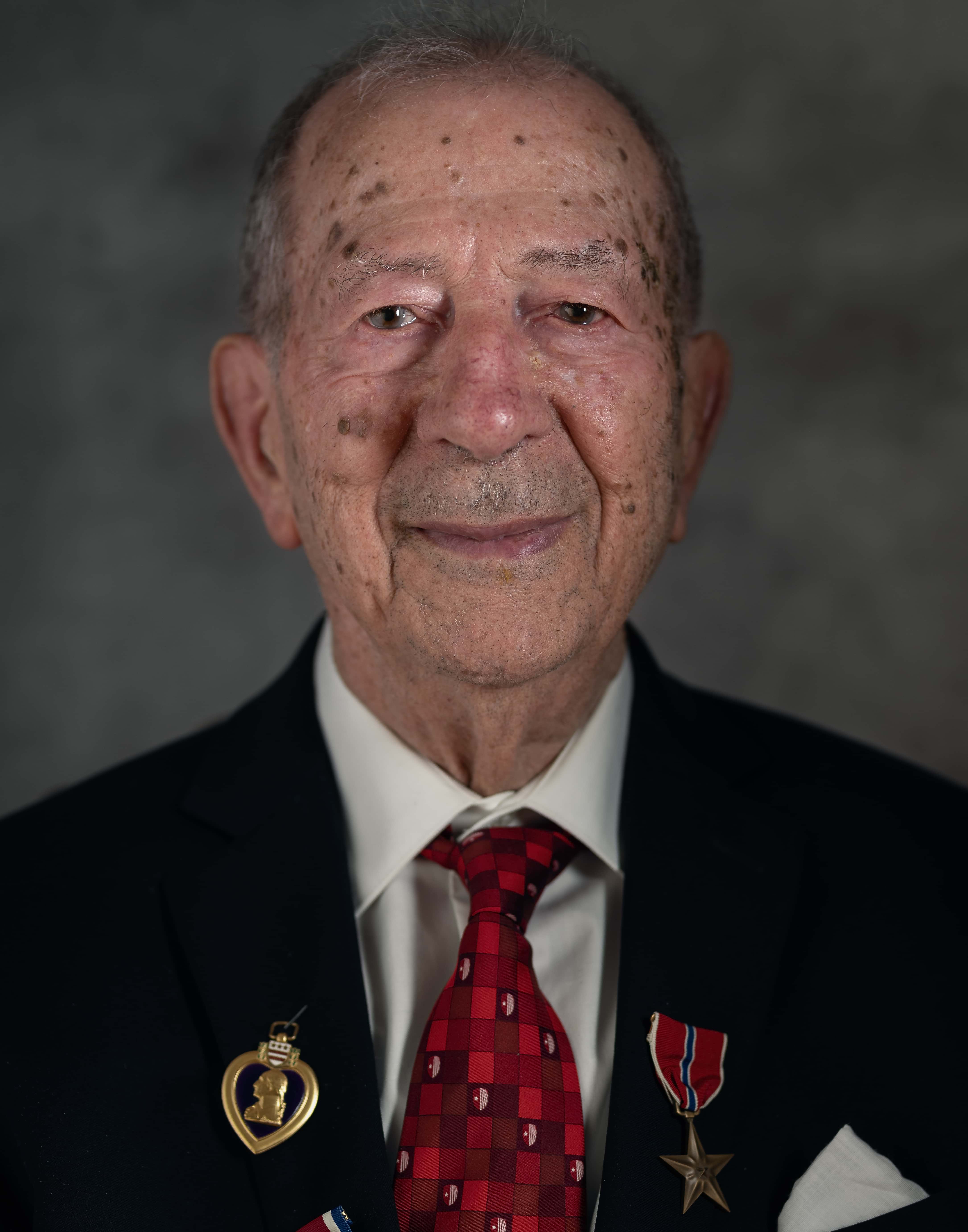
Frank Agoglia, 96, of Deer Park, was drafted into the Army in 1943 at the age of 19 and was transported to Scotland on the Queen Elizabeth, which had been converted from as cruise ship into a troop carrier.
Agoglia was a rifleman assigned to the 325th Glider Infantry Regiments on board a glider being pulled by a C-47 aircraft during the invasion of Normandy. The glider was dropped over Sainte Mere Eglise, but it was overweight and crashed, breaking in two.
Agoglia was ejected and was injured in the crash. About half of the 26 men on the glider were killed.
Agoglia was seen by medics and was made to press on despite his injury. His unit marched into Lafayette and the Black Forest, where they traded mortar fire with German resistance. Ultimately, Agoglia was forced to leave the front lines after suffering gangrene on his foot. He was treated at a military hospital and sent back to the United States in 1945.
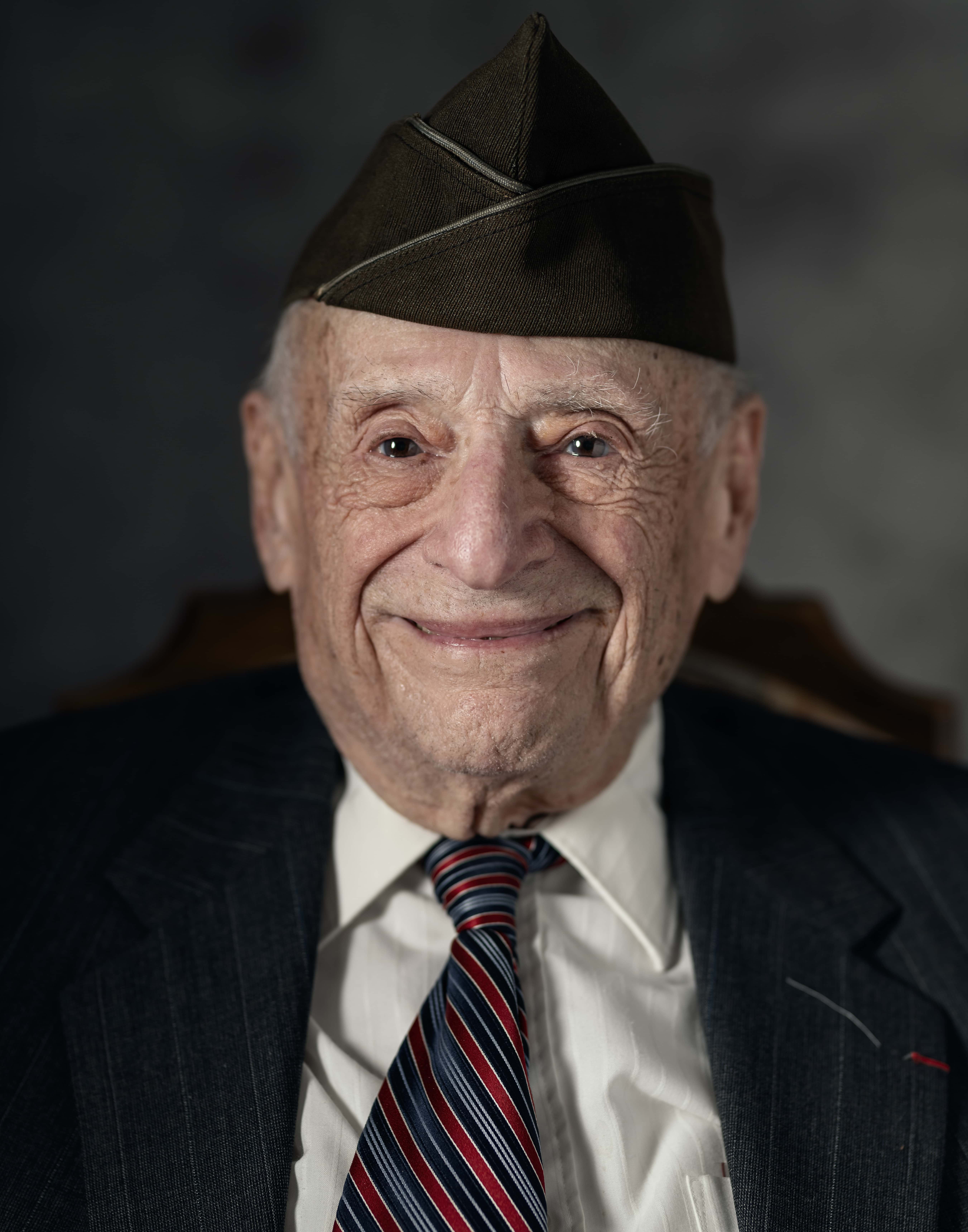
POW SURVIVORS
Bernard Rader, 96, of Freeport, was drafted into the U.S. Army in 1943 and assigned to the 94th Infantry Division, which almost immediately saw combat in France.
About a month later, German troops ambushed his unit and he was badly injured. Prior to being captured, Rader asked a fellow soldier to bury his dog tags because they indicated that he was Jewish. After 47 days in a German hospital, Rader was involved in the first prisoner exchange between U.S. and German troops.
After recovering, he became an Army medic until he was discharged. He was later issued the French Legion of Honor award, France’s highest award.
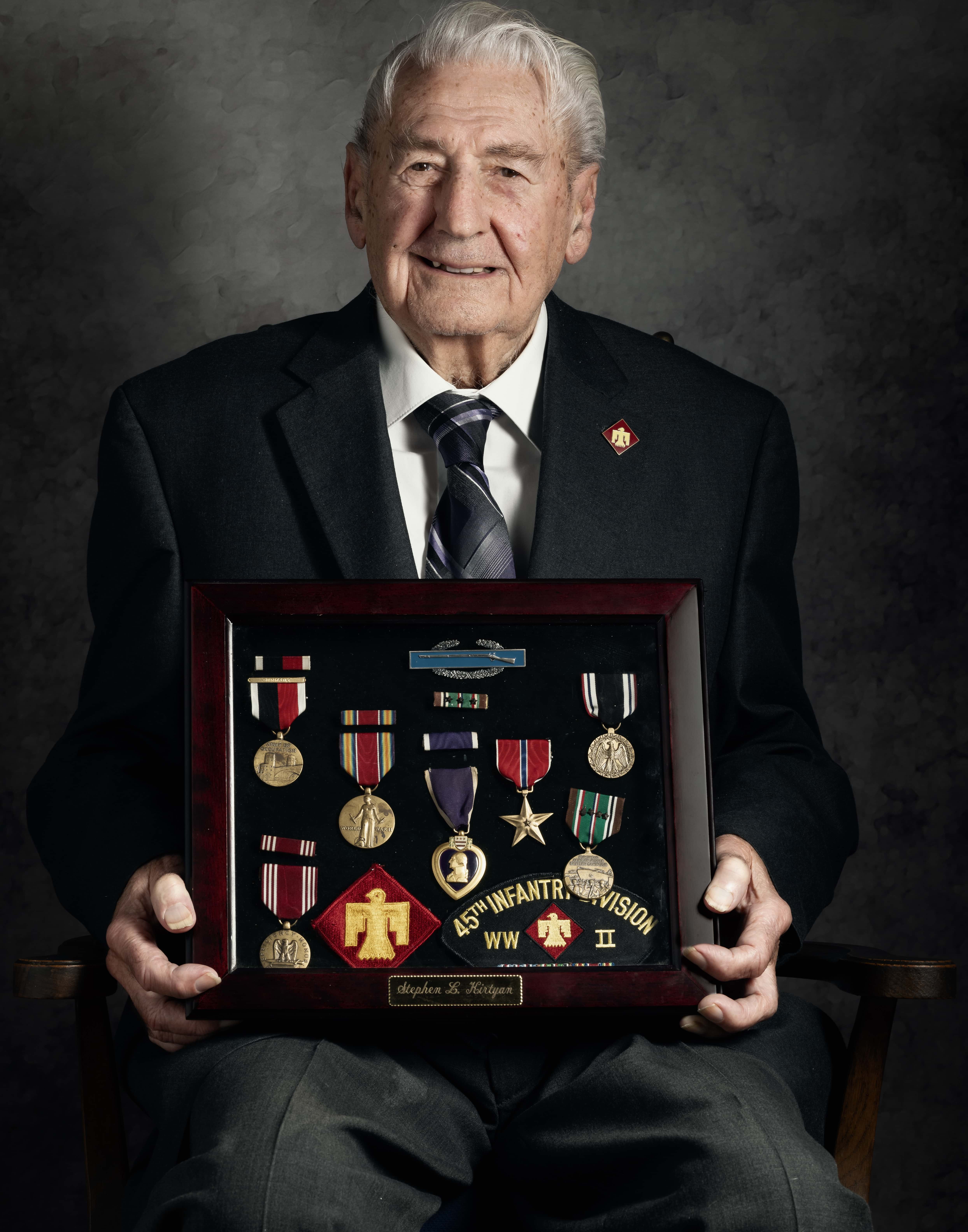
Stephen Kirgyan, 96, of Malverne, was drafted into the Army and served in the 45th Infantry Division, which landed in Naples and helped in the liberation of Rome. They were then sent to the south of France, where his unit was attacked by a German armor division.
Kirgyan was ultimately wounded and captured by German forces. He spent almost a year in captivity until he was released from Stalag VII-A as Germany began to fall at the end of the war.
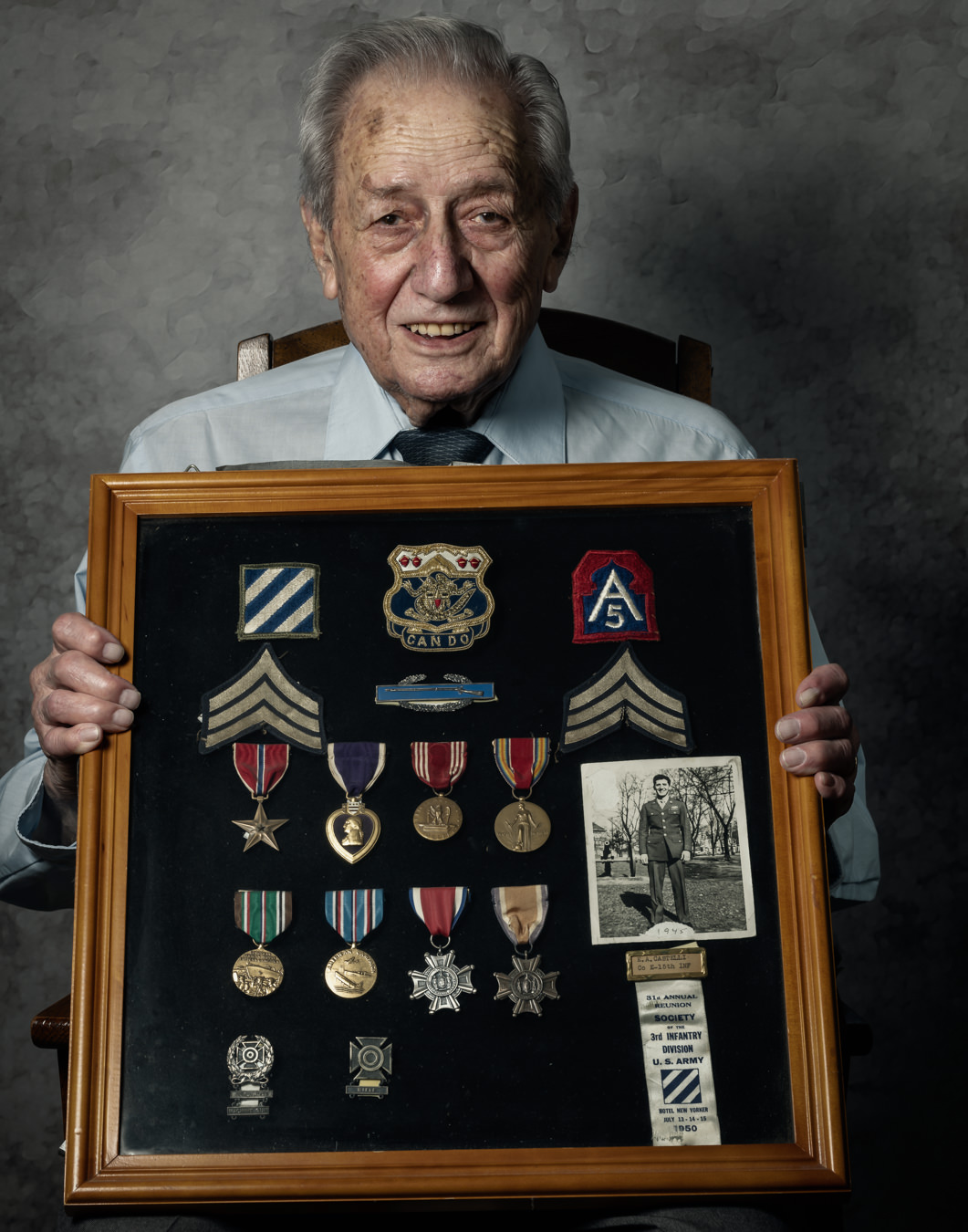
THE ITALIAN FRONT
Eugene Castelli, 95, of Melville, joined the Army in 1943 and was assigned to the 3rd Infantry Division. After landing in Italy, Castelli’s unit met resistance but was able to push up from Salerno to Naples.
While gathering intelligence before crossing the Volturno River, Castelli’s unit came under fire where he was wounded. Castelli ultimately ended up being sent back to the United States where he served until the war’s end.
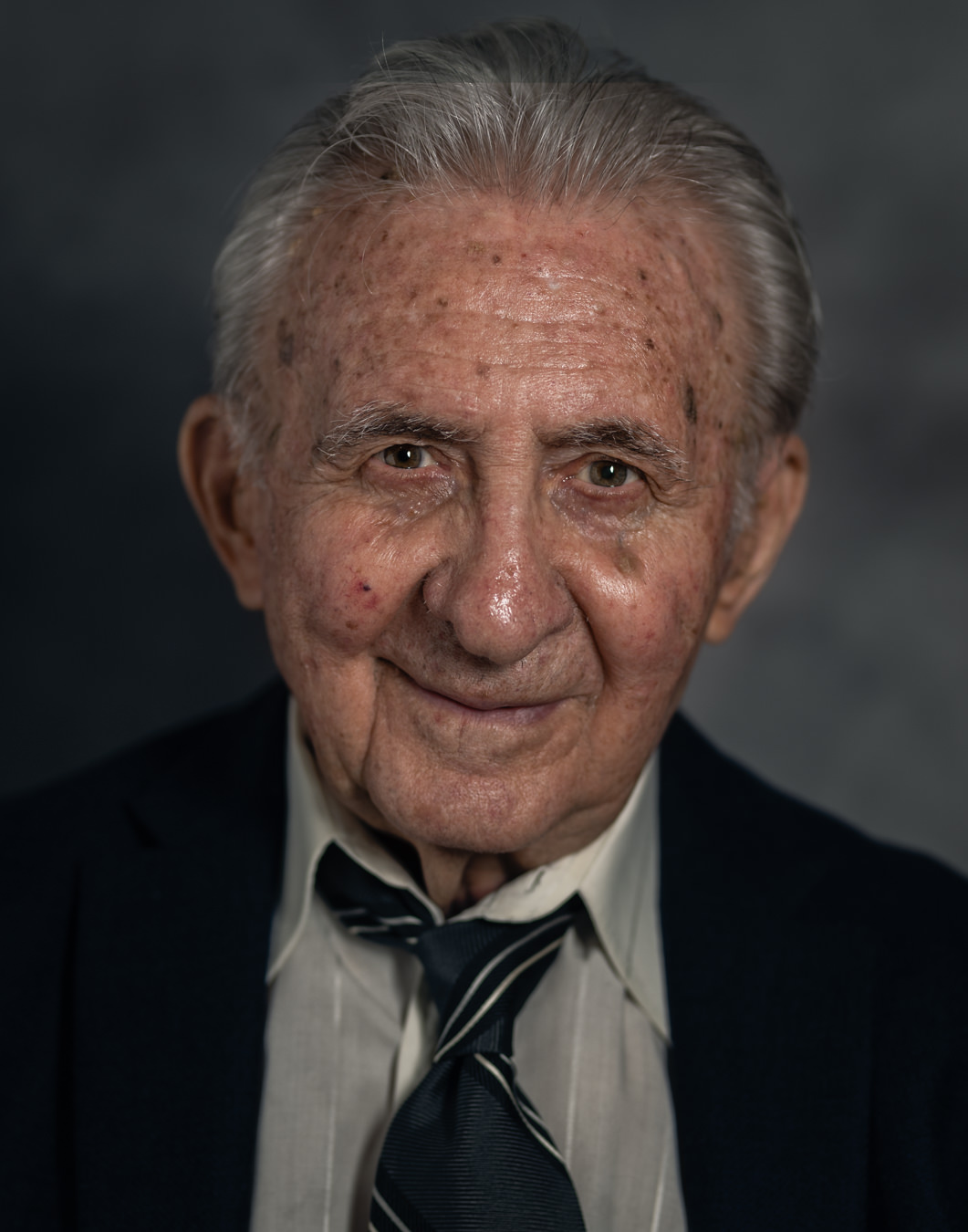
THE MECHANICS
Edwin Pyser, 96, of Greenlawn, was 19 when he entered the Army Air Force in 1941, the year Japanese forces bombed a U.S. Navy base in Pearl Harbor, drawing America into WWII.
He was assigned to an air base in London where he worked as an aircraft mechanic on the B-17 Flying Fortress. He got the planes air ready when the aircraft returned with combat damage, all while enduring the constant threat of German air raids.
“Our fear was the buzz bombs,” he recalled. “They also had a secret weapon which would come down quietly and blow up a whole block. But the buzz bombs were fearful though, because you could hear them coming.”
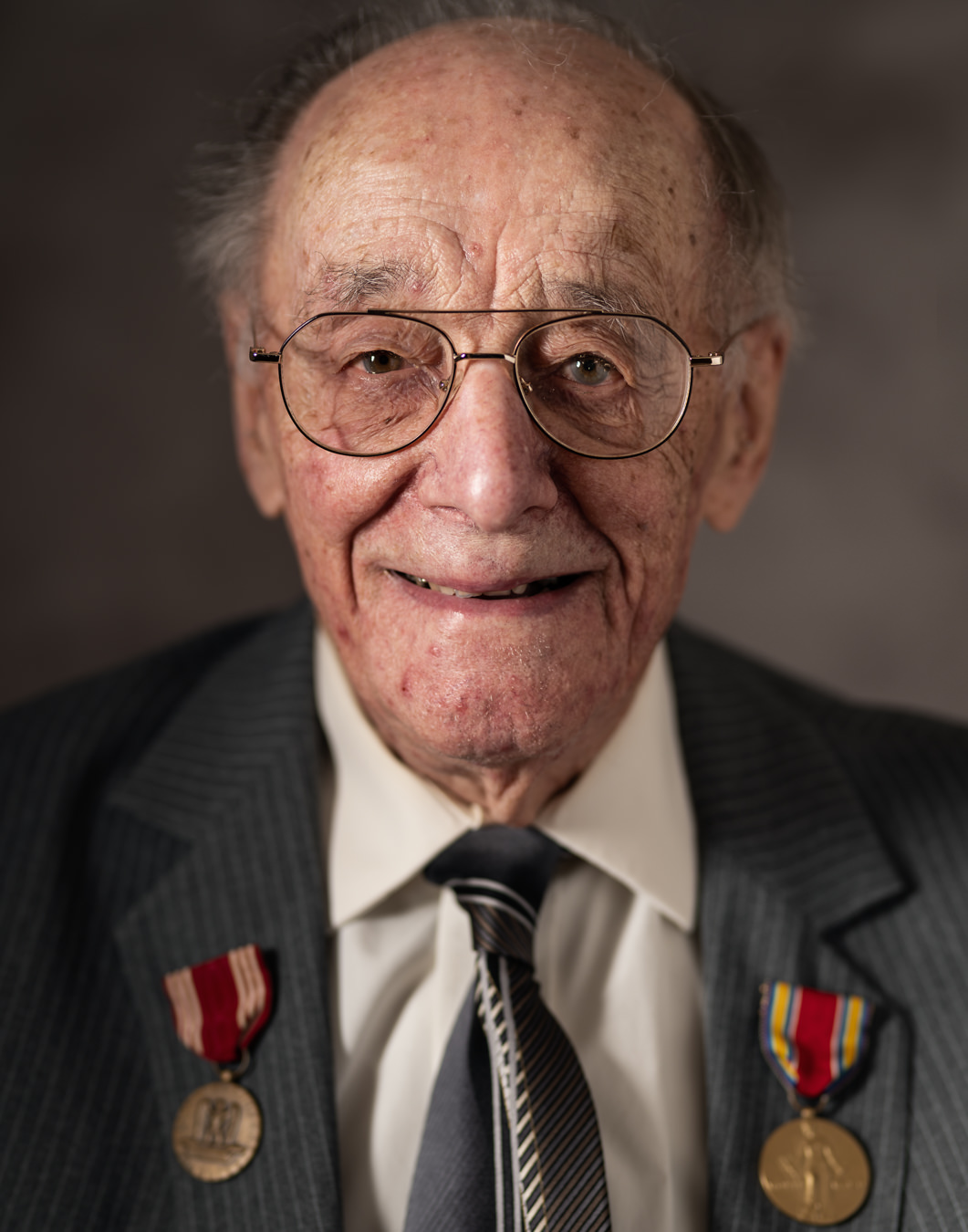
Louis Peretz, 98, of Commack, was drafted into the Army Air Corp. and sent to India as an aircraft mechanic working on the B-25 planes.
The mission at the airbase Peretz was assigned to was to furnish the Chinese with supplies in their war against Japan. All the while, Peretz endured air raids by the Japanese forces, but he made it home unharmed.
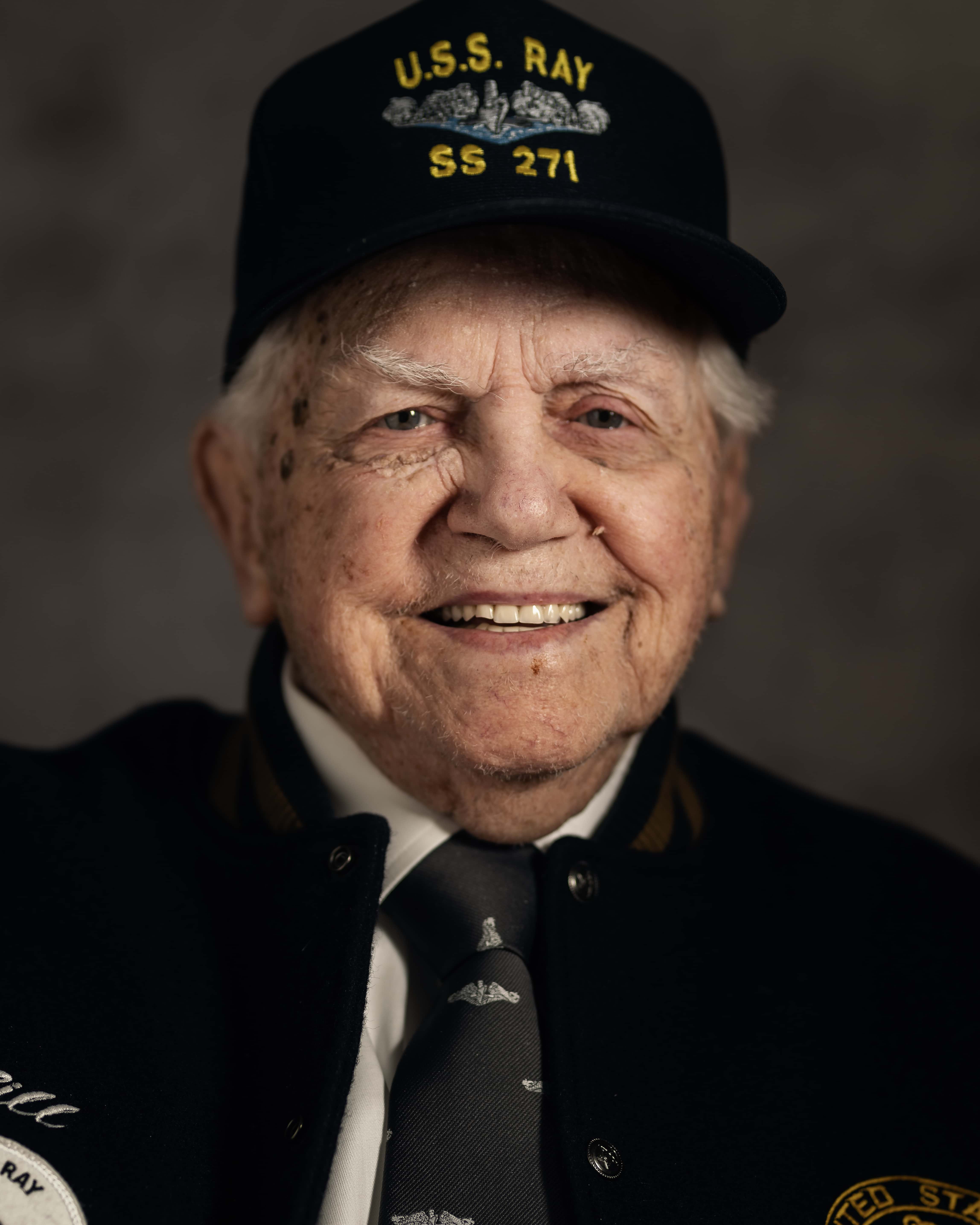
THE PACIFIC FRONT
Ninety-eight-year-old William Lauter of Huntington volunteered to join the Navy in 1942. After basic training, he was assigned to the submarine USS Bluefish, then reassigned to the USS Ray, on which he completed eight patrols in the Pacific. He rescued 23 downed pilots and sank a total of 58 Japanese vessels through the end of the war.
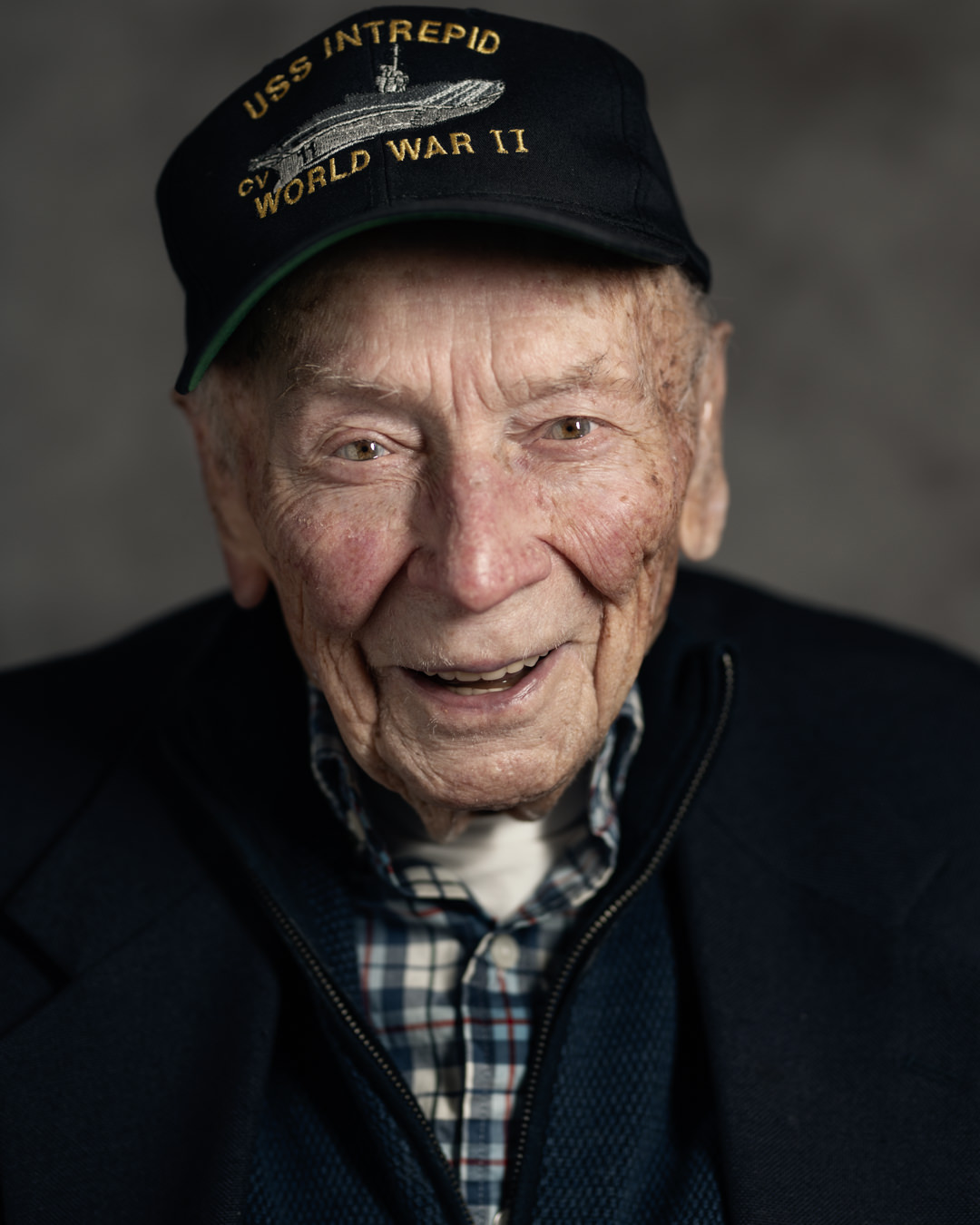
Edward Coyne, 94, of Plainview, enlisted in the Navy at the age of 17 and became an original crew member of the U.S.S. Intrepid, which is now the Intrepid Sea, Air & Space Museum docked at Pier 86 in Manhattan.
The Intrepid was torpedoed by a Japanese submarine in the Pacific. Coyne was also onboard during the Battle of the Philippine Sea, which eliminated the majority of Japan’s remaining carrier fleet. During that battle, the Intrepid was struck twice by kamikaze attacks, both hitting the flight deck. Coyne fought until the end of the war and was discharged in February 1946.
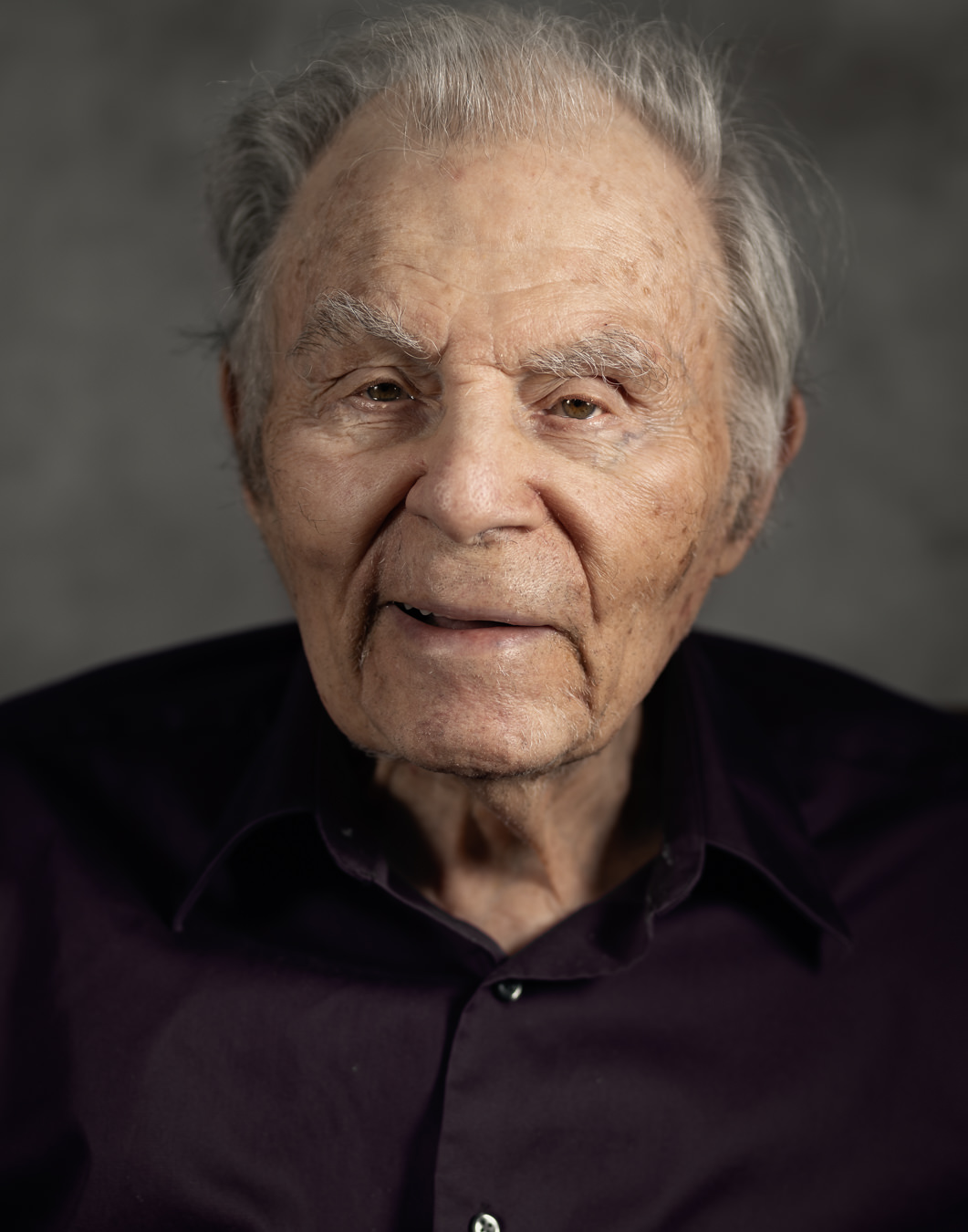
Norman Tieman, 95, of Kings Park, enlisted in the U.S. Army Air Force and was sent to New Guinea, where he serviced .50 caliber machine guns on the P-38 aircraft. Although he endured bombing by Japanese planes, he made it home unharmed. He served until the end of the war.
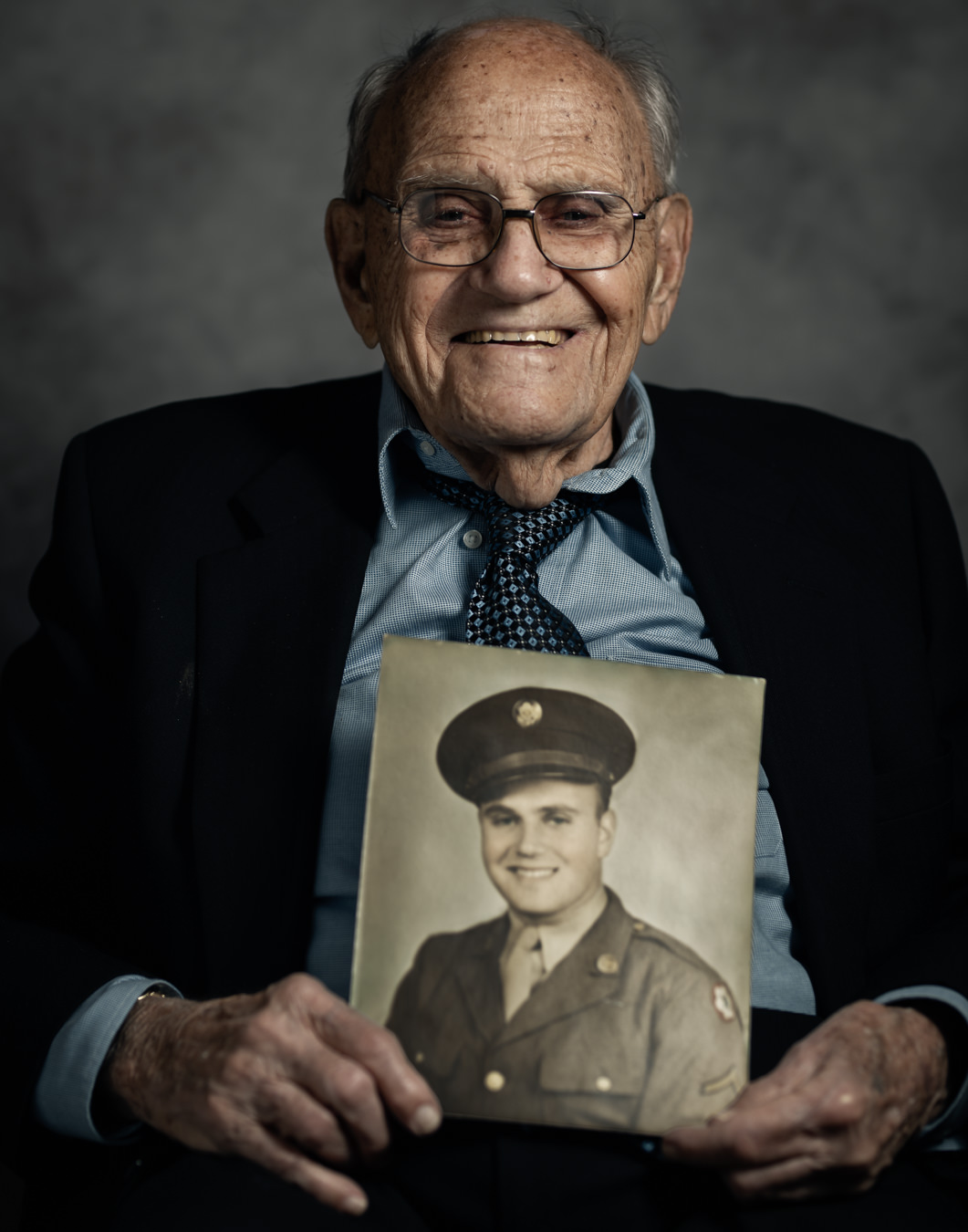
Eli Levine, 96, of Melville was an optometrist prior to entering the Army in 1943. He was sent to Europe, where he was responsible for repairing eyeglasses for troops on the front lines.
Their victories came with great cost. At the end of the war, 672,000 Americans were wounded, and 405,000 Americans had lost their lives.
Editor’s note: Rosalino Catalano died on April 24.
Related Story: Long Island WWII Vets Relive War Stories on Veterans Day
Sign up for Long Island Press’ email newsletters here. Sign up for home delivery of Long Island Press here. Sign up for discounts by becoming a Long Island Press community partner here.




